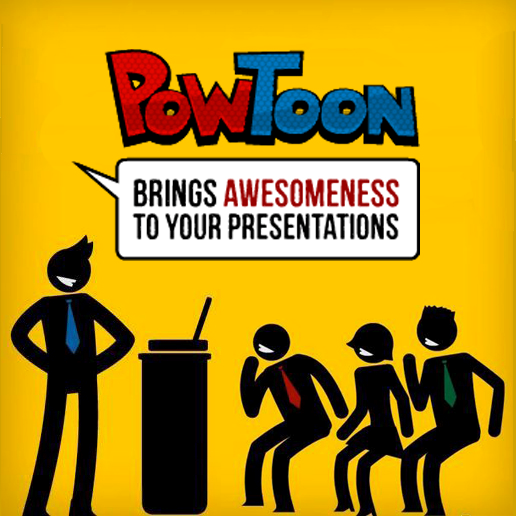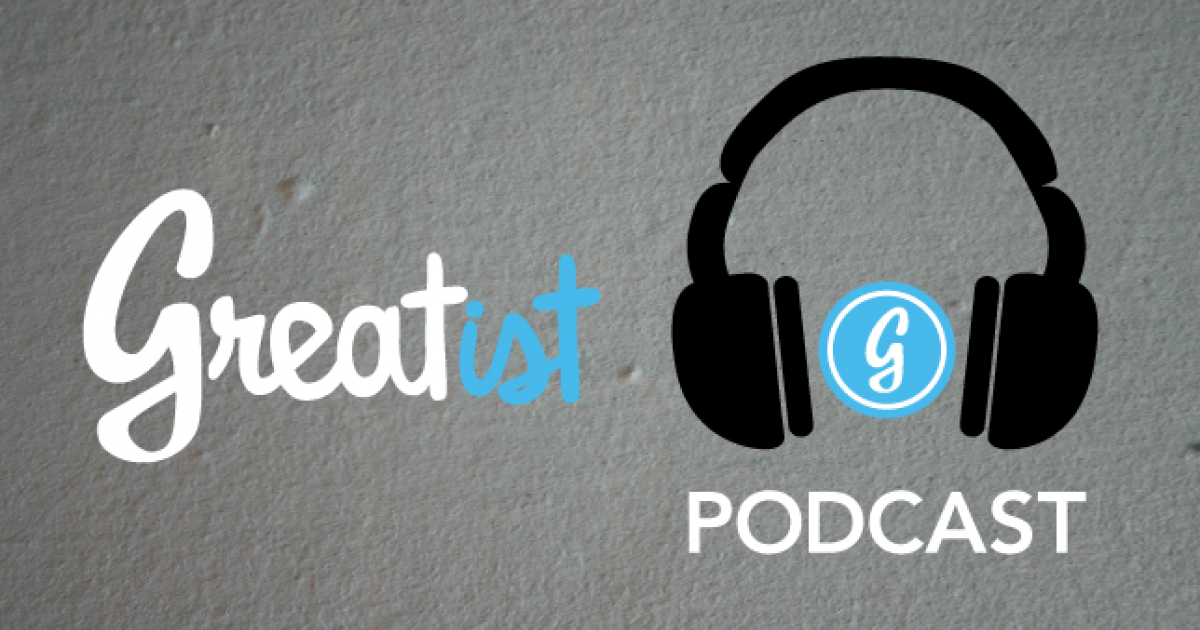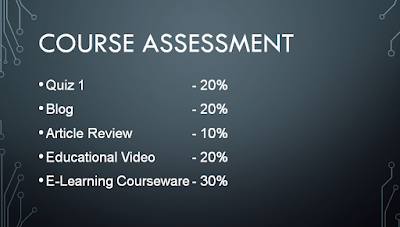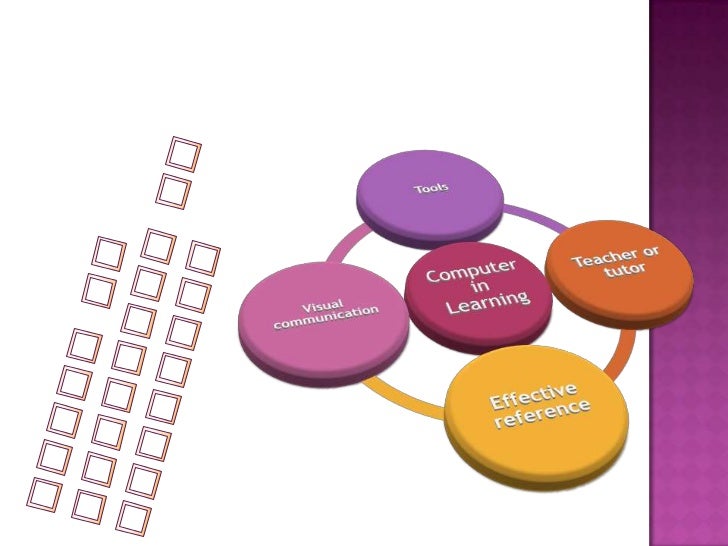Hello peeps ! Today i will share about what i have learnt last week in my class with all of you.
So, basically last week, i learnt about Canva.
Do all of you know what is Canva?

Canva is an amazingly simple graphic design software which can makes design simple for everyone. Canva are created to designs for Web or print for example :
Blog graphics
Presentations
Facebook covers
Flyers
Posters invitations
Templates
Resumes
Logo and so on

Here, i will show you how Canva looks like.
So is the sample of Canva

Plus, you are encouraged to explore more using a smart tool like Canva as it is more easier, fun and interesting in helping you to complete your work.
GOODLUCK !












.bmp)

